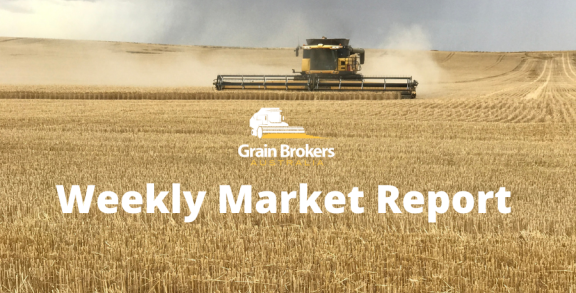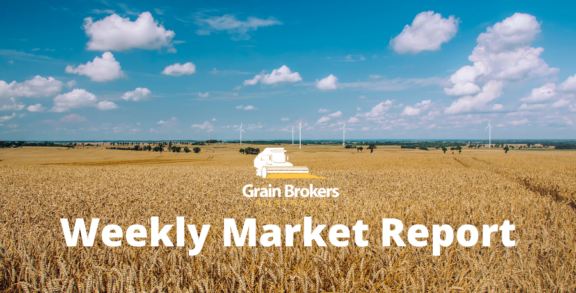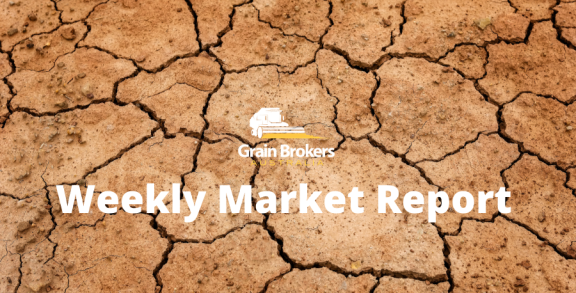
Where eagles dare …
Weekly Commentary > by Peter McMeekin
No matter where you are in the world, everybody loves a public holiday. For most people in Australia, the weekend just past is one such example.
The official reason for the celebration varies from state to state, but for most, it is unofficially known as footy finals weekend. The two largest codes of football, Australian Football League (AFL) and National Rugby League (NRL), hold their grand finals on Saturday and Sunday respectively.
Even though Western Australia (WA) is one state that does not celebrate the October long weekend (they have it the weekend prior), they have plenty to celebrate this week after the West Coast Eagles soared to their fourth grand final victory since entering the competition in 1987.
The convocation of fans that made the trek across the Nullarbor was seen celebrating long and hard in the streets and bars of Melbourne, as were supporters across the country. Football may be a religion to many, but I am sure that some of the celebrations will go well past the traditional Sunday ritual.
Whilst it is far too early to celebrate from a winter crop viewpoint, the WA farmer will undoubtedly win that game as well in 2018. Above average rainfall across the growing season will see above average production, despite the recent frost scares.
The eastern states are the complete opposite. Unfortunately, the only flag being flown across many districts is white. Year-to-date rainfall registrations at numerous locations are in the lowest decile or record lows, and the latest three-month weather outlook continues the extremely dry theme.
The parts of Victoria and South Australia that had been holding up well are now faltering, and production estimates are falling every day. Rainfall now will only arrest that decline. National wheat and barley production is decreasing as a consequence. My supply estimates have them fast approaching 16.3 million metric tonne (MMT) and 6.5MMT respectively and further downward revisions are quite likely.
Whilst we do not officially have an El Niño event in Australia the weather is certainly acting and trending in that direction. Dry in Australia quite often means wet, or above average, rainfall on the other side of the Pacific Ocean.
Whilst there are a few dry areas in Argentina, the latest estimate from the Buenos Aires Grains Exchange (BAGE) puts wheat production at a record 19.7MMT, up 10.7 per cent from 17.8MMT in 2017. This is in line with the United States Department of Agriculture Estimates (USDA) of 19.5MMT. This will increase their exportable surplus and at current values could potentially displace French wheat into north African destinations such as Algeria.
Whilst it is early days from a summer crop perspective, the BAGE production estimates indicate a significant rebound from last season’s drought affected numbers. This suggests that the soil moisture profile across most of the summer cropping area is quite favourable for this time in the season.
Argentinian corn production is forecast at a record 43MMT, an increase of 36 per cent compared to the 2017/18 production of 31.7MMT. The soybean production estimate is 53MMT compared to 35.1MMT last season, an increase of 51 per cent year-on-year.
In Brazil, the soybean crop is expected to be a record 122MMT. There has been much talk over the last twelve months around Brazil surpassing the United States (US) as the world’s biggest producer of soybeans. However, the US has answered that challenge this season with near-record yields forecast and total production expected to be around 124.8MMT.
Whilst the timing of the South American summer crop harvest is six months after the US, big crops south of the equator will certainly put more pressure on the US export picture. The potential disruption to traditional global supply channels, without a resolution to Don’s Party (China tariff war), is huge.
Whilst it appears China will decrease imports of soybeans and wait for new crop South American supply, there is talk that Brazil will continue to run down their stocks to meet nearby China demand and then import US beans to satisfy domestic demand until the new crop harvest. Stranger things have happened!
I guess the opposite has been happening here in the Australian market, simply because of the justifiably strict import quarantine protocols. International shipments from the traditional export states of South Australia and Western Australia have essentially been put on hold in the back end of our marketing year in order to satisfy burgeoning domestic demand in New South Wales and Queensland.
The major difference here in Australia is that this scenario still has more than twelve months to play. WA may hold the AFL premiership cup and flag until this time next year, but a far bigger task awaits. To loosely paraphrase a famous line from the classic World War II movie Where Eagles Dare: The mission is clear. Get the crop in (harvested), get it to port, get it out (ship it east).





